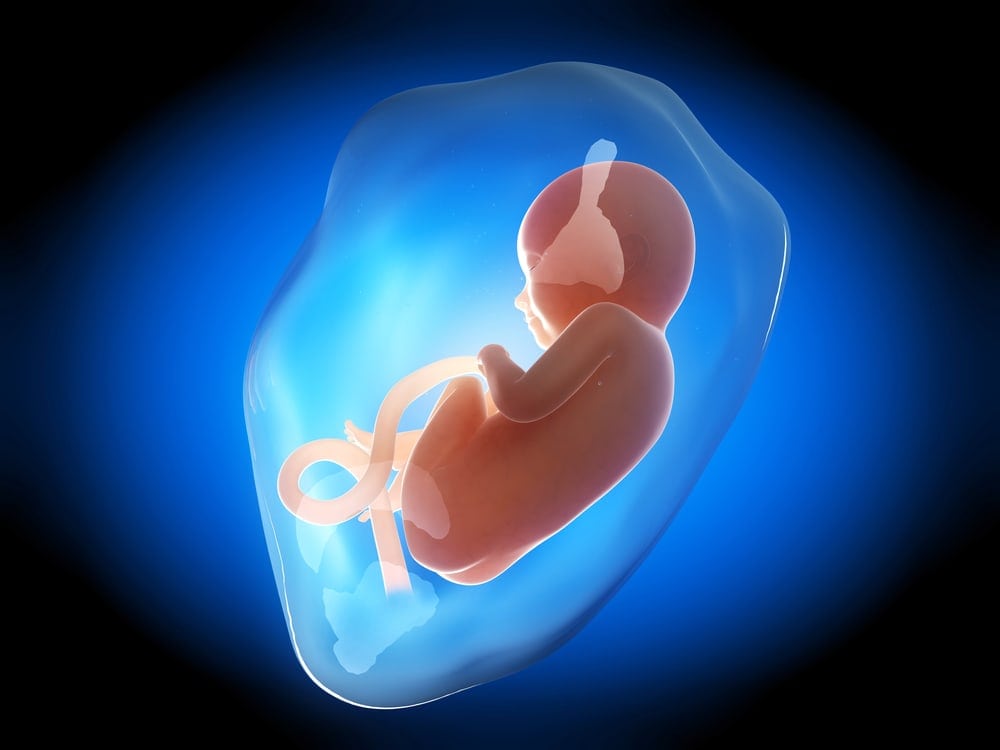The amniotic fluid is part of the baby’s life support system. It protects your baby and aids in the development of muscles, limbs, lungs and digestive system. Amniotic fluid is produced soon after the amniotic sac forms at about 12 days after conception. It is first made up of water that is provided by the mother, and then around 20 weeks of fetal urine becomes the primary substance.
As the baby grows he or she will move and tumble in the womb with the help of the amniotic fluid. In the second trimester, the baby will begin to breathe and swallow the amniotic fluid. In some cases, the amniotic fluid may measure too low or too high. If the measurement of amniotic fluid is too low it is called oligohydramnios. If the measurement of amniotic fluid is too high it is called polyhydramnios.
What is oligohydramnios?
Oligohydramnios is the condition of having too little amniotic fluid. Doctors can measure the amount of fluid through a few different methods, most commonly through amniotic fluid index (AFI) evaluation or deep pocket measurements. If an AFI shows a fluid level of fewer than 5 centimeters (or less than the 5th percentile), the absence of a fluid pocket 2-3 cm in-depth, or a fluid volume of less than 500mL at 32-36 weeks gestation, then a diagnosis of oligohydramnios would be suspected.
About 8% of pregnant women can have low levels of amniotic fluid, with about 4% being diagnosed with oligohydramnios. It can occur at any time during pregnancy, but it is most common during the last trimester. If a woman is past her due date by two weeks or more, she may be at risk for low amniotic fluid levels since fluids can decrease by half once she reaches 42 weeks gestation. Oligohydramnios can cause complications in about 12% of pregnancies that go past 41 weeks.
What causes low amniotic fluid?
- Birth defects – Problems with the development of the kidneys or urinary tract which could cause little urine production, leading to low levels of amniotic fluid.
- Placental problems – If the placenta is not providing enough blood and nutrients to the baby, then the baby may stop recycling fluid.
- Leaking or rupture of membranes –This may be a gush of fluid or a slow constant trickle of fluid. This is due to a tear in the membrane. Premature rupture of membranes (PROM) can also result in low amniotic fluid levels.
- Post Date Pregnancy– A postdate pregnancy (one that goes over 42 weeks) can have low levels of amniotic fluid, which could be a result of declining placental function.
- Maternal Complications– Factors such as maternal dehydration, hypertension, preeclampsia, diabetes, and chronic hypoxia can have an effect on amniotic fluid levels.
What are the risks of having low amniotic fluid?
The risks associated with oligohydramnios often depend on the gestation of the pregnancy. The amniotic fluid is essential for the development of muscles, limbs, lungs, and the digestive system. In the second trimester, the baby begins to breathe and swallow the fluid to help their lungs grow and mature. The amniotic fluid also helps the baby develop muscles and limbs by providing plenty of room to move around.
If oligohydramnios is detected in the first half of pregnancy, the complications can be more serious and include:
- Compression of fetal organs resulting in birth defects
- Increased chance of miscarriage or stillbirth
If oligohydramnios is detected in the second half of pregnancy, complications can include:
- Intrauterine Growth Restriction (IUGR)
- Preterm birth
- Labor complications such as cord compression, meconium-stained fluid, and cesarean delivery
What treatments are available?
The treatment for low levels of amniotic fluid is based on gestational age. If you are not a full term yet, your doctor will monitor you and your levels very closely. Tests such as non-stress and contraction stress test may be done to monitor your baby’s activity. If you are close to full term, then delivery is usually what most doctors recommend in situations of low amniotic fluid levels.
Other treatments that may be used include:
- Amnio-infusion during labor through an intrauterine catheter. This added fluid helps with padding around the umbilical cord during delivery and is reported to help lower the chances of cesarean delivery.
- Injection of fluid prior to delivery through amniocentesis. The condition of oligohydramnios is reported to often return within one week of this procedure, but it can aid in helping doctors visualize fetal anatomy and make a diagnosis.
- Maternal re-hydration with oral fluids or IV fluids has shown to help increase amniotic fluid levels.
Compiled using information from the following sources:
1. William’s Obstetrics Twenty-Second Ed. Cunningham, F. Gary, et al, Ch. 21.
March of Dimes: https://www.marchofdimes.com






